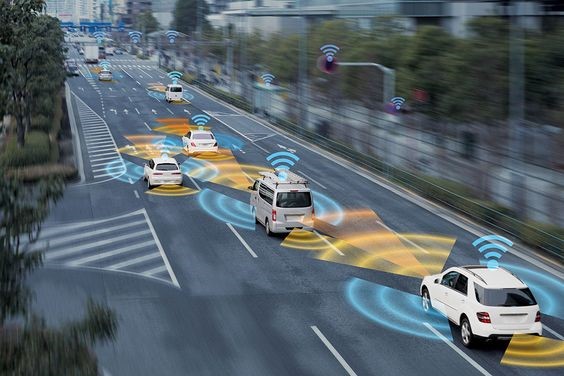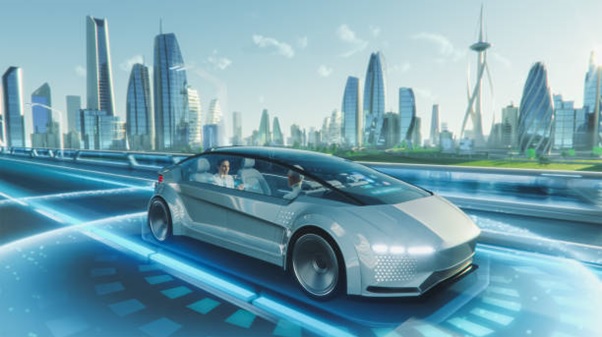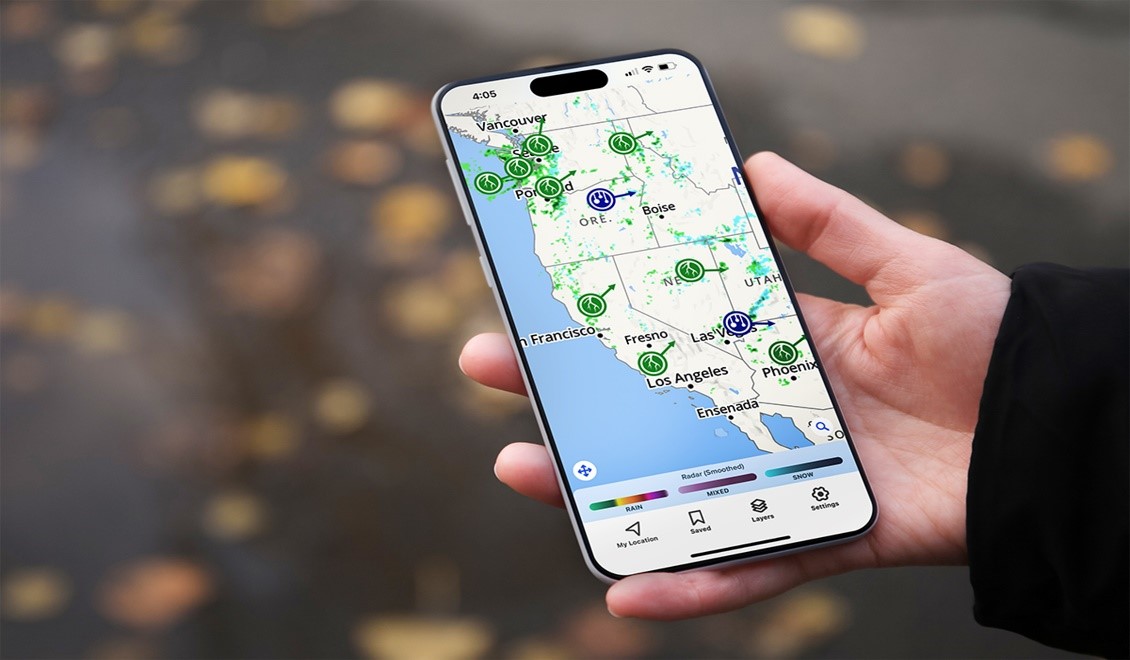Ensuring The Future of Mobility: The Importance of Cybersecurity in Autonomous Vehicles
The automotive industry has seen a profound transformation driven by technology, particularly software innovations that have enhanced safety, sustainability, connectivity, and user experience. Advances in electric vehicles (EVs), autonomous driving, and software updates have revolutionized vehicle performance, design, manufacturing, and operational services. Technologies like human-machine interfaces have redefined user interaction, making it accessible remotely.

Figure 1. Ensuring The Future of Mobility: The Importance of Cybersecurity in Autonomous Vehicles.
Autonomous cars, once a futuristic concept, are now a tangible reality and the future of mobility, equipped with advanced sensors, artificial intelligence, and intricate communication systems. However, these advancements also bring the looming threat of cyberattacks, prompting a paradigm shift in how we approach cybersecurity for autonomous vehicles. Addressing these cybersecurity challenges has become a top priority for manufacturers and users alike, ensuring the protection of these systems in the face of rising cyber threats. Figure 1 shows ensuring the future of mobility: the importance of cybersecurity in autonomous vehicles.
Rise Of Autonomous Vehicles
The automobile industry has rapidly evolved from traditional fossil fuel-powered engines to electric vehicles (EVs) and is now advancing toward autonomous vehicles. Bharath Rao, Co-Founder and CEO of Emobi, highlights the maturity of driverless taxis and autonomous vehicle testing, with Original Equipment Manufacturers (OEMs) refining augmented reality (AR) and virtual reality (VR) modules to improve reliability and user experience.
The trend of electrifying vehicles is expected to continue, especially in sectors like mining, logistics, ports, and airports, where larger fleets will increasingly become autonomous as machine learning (ML) and artificial intelligence (AI) platforms improve.
The development of AR and VR technologies in vehicle platforms is crucial for minimizing human interventions in automotive operations, paving the way for fully autonomous vehicles. Companies like Waymo and Tesla are investing heavily in autonomous vehicle development, with projections suggesting a significant uptake by 2040. However, the reliance on high-speed internet connectivity also exposes these vehicles to cybersecurity threats.
The Necessity of Cybersecurity Measures in Autonomous Vehicles
Autonomous vehicles rely on an array of sensors and advanced technologies to navigate roads and generate extensive data for real-time decision-making and future machine learning. However, this digitization of their operating systems raises concerns about cybersecurity, including privacy, security, real-time location data, and system hacking. Due to their connectivity through various channels like the internet and cellular networks, these vehicles are vulnerable to cyber threats such as remote hacking and tampering with sensor data, posing risks to passenger safety and public welfare. Safeguarding against these threats demands a proactive approach to secure network connections, operating systems, and real-time GIS monitoring to mitigate potential mishaps.[1]
Prakash Kumar, Head of IT at Carl Zeiss, underscores the importance of fortifying systems against hacking, especially in the context of autonomous vehicles resembling industrial control systems. Potential vulnerabilities include attacks on remote source and telemetry systems, with the risk of compromising vehicles through interception of manufacturer-car communication. While manufacturers strive to minimize data interfaces and enhance system protection, complete security remains elusive according to cybersecurity experts.
Addressing The Challenges and Solutions in Automotive Cybersecurity
Navigating the challenges and solutions in automotive cybersecurity, including the integration of advanced technologies like keyless entry and voice assistance in modern vehicles. Upstream's 2022 Global Automotive Cybersecurity Report highlights that a significant portion of global cyberattacks are carried out remotely, emphasizing the need for robust security measures to protect vehicles and passengers. This includes encryption technologies, authentication protocols, secure data storage, and regular software updates to mitigate threats such as data breaches, unauthorized access, ransomware, and malicious manipulation of vehicle behavior.
Car manufacturers are implementing advanced threat detection and prevention measures like firewalls, intrusion detection, and continuous monitoring of vehicle networks. Compliance with standards such as ISO/SAE 21434 ensures that cybersecurity measures align with industry best practices and legal requirements. Companies like Tesla use end-to-end encryption for over-the-air updates to secure communications between servers and vehicles.[2]
Rigorous testing, validation protocols, and real-time threat detection using advanced sensors contribute to strengthening the security and performance of autonomous vehicles. "Security by Design" principles, integrating security features into vehicle architecture from the outset, are essential in mitigating cybersecurity risks. This approach includes factors like authentication, hardware security, privacy controls, and data encryption, significantly reducing the risk of data breaches and enhancing overall cybersecurity. Biswajit Biswas, Chief Data Scientist at Tata Elxsi, emphasizes the importance of designing autonomous vehicles with built-in security at every layer of communication, ensuring robust protection against potential vulnerabilities and cyber risks.
Future outlook: Cybersecurity as a continuous process
As the evolution of autonomous cars progresses, the significance of cybersecurity cannot be emphasized enough. It's a vital necessity for any digitally-driven product, requiring integration into the design from the product's inception. Thus, manufacturers are striving to embed security features into the design, leverage advanced technologies, and engage in collaborative efforts to adhere to industry-wide standards. This collective approach aims to ensure the safety, security, and reliability of autonomous driving technology. With the advent of technologies like Gen AI, machine intelligence can be elevated to a level where autonomous vehicles are capable of not only detecting road threats but also identifying and responding to cyber threats proactively.
References:
- https://www.expresscomputer.in/exclusives/securing-the-future-of-mobility-the-role-of-cybersecurity-in-autonomous-vehicles/108472/
- https://emobilityplus.com/2024/03/29/securing-the-future-the-role-of-cybersecurity-in-advancing-electric-vehicle-technology/
Cite this article:
Gokila G (2024), Ensuring the Future of Mobility: The Importance of Cybersecurity in Autonomous Vehicles, AnaTechMaz, pp.158


 The Rise Of Connected Vehicles, Smart On Wheels
The Rise Of Connected Vehicles, Smart On Wheels  Stay Ahead of Storms with Weather Hi-Def Radar
Stay Ahead of Storms with Weather Hi-Def Radar  App Utilizes Smartphone Sensors to Detect Heart Failure Signals
App Utilizes Smartphone Sensors to Detect Heart Failure Signals 









